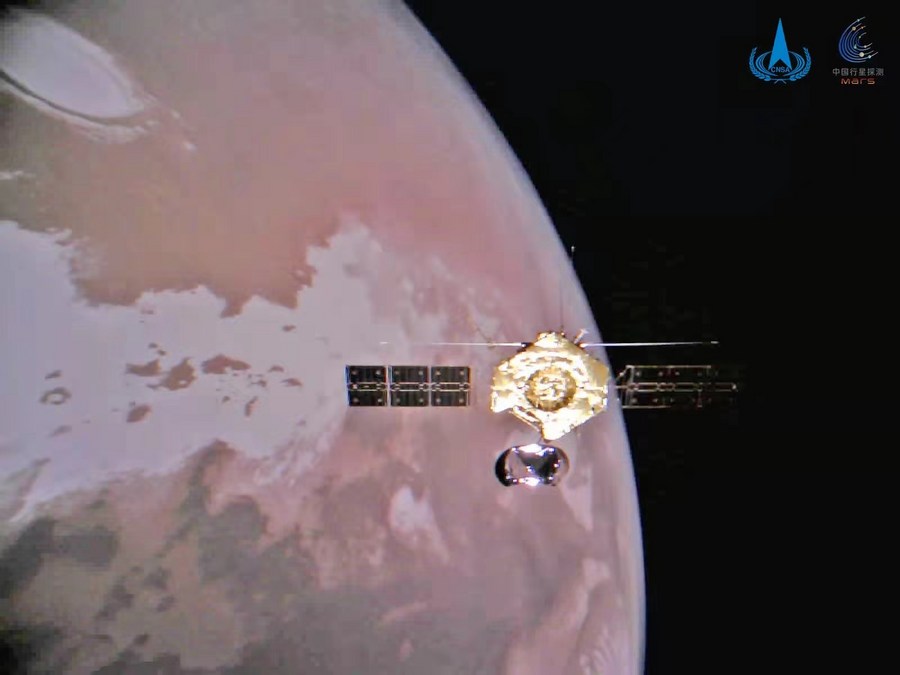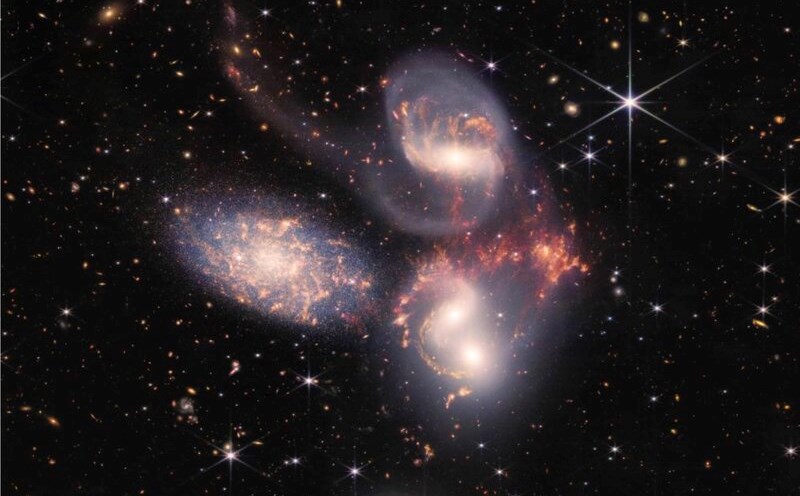China's Tianwen-1 Mars rotarycraft has recorded a rare image of the 3I/Atlas inter-star object, causing a heated debate among scientists about its origin. This is the third object ever discovered to have entered the solar system.
The National Space Administration (CNSA) released these images on November 6, saying Tianwen-1 took a photo of the object from a distance of 30 million km on October 3.
According to CNSA, Tianwen-1 uses a high-resolution camera that was designed to capture the bright surface of Mars, now testing it with a target of being 10,000-100,000 times less than the target. The image clearly shows the characteristic structure of the compass consisting of a core and a surrounding layer of dust (comas), with a coma diameter of up to thousands of kilometers.
NASA's Hubble perspective also recorded the tear drop shape of the dusty tail separated from the object's ice and rock, reinforcing the theory that this was a brocade, not an satellite. NASA estimates that the humanbeat could be 440m to 5.6km wide and when discovered, it was moving at a speed of 221,000 km/h.

The object was first discovered on July 1 by an lunar object in the NASA-funded ATLAS satellar collision warning system, located in Chile. Scientists have determined that it comes from outside the solar system, based on a hyperbol-shaped orbit, not closed around the Sun.
A study by Professor Avi Loeb (Harward University) and scientists from the Galileo Project and the British Inter-star Research Initiative has proposed the theory that 3I/Atlas has an abnormal orbit and can have technological roots, even cannot be hostile.
However, the group also emphasized that this was largely an academic gia thuyet, and most likely still natural objects.
Meanwhile, Tom Statler, NASA's top satellite scientist, dismissed the "a selective object" theory, asserting that "3I/Atlas acts like a brocade" and "all evidence shows that it is a natural object".
Astronomers believe that 3I/Atlas may have formed in another star system in the center of the Galaxy, then been launched into interstellar space. CNSA estimates the age of the object at 3 to 11 billion years, possibly longer than the entire solar System.











